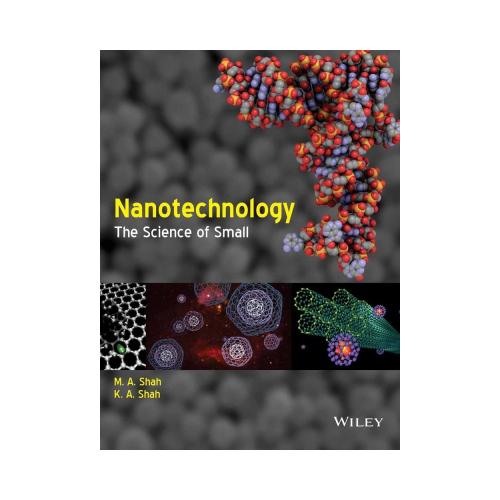

 Nanotechnology the science of small
by
Nanotechnology the science of small
by
 Nanoscience and nanotechnology fundamentals to frontiers
by
Nanoscience and nanotechnology fundamentals to frontiers
by
 Nanotechnology and Drug Delivery
by
Nanotechnology and Drug Delivery
by




